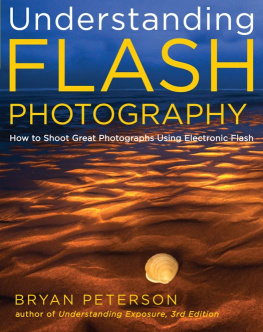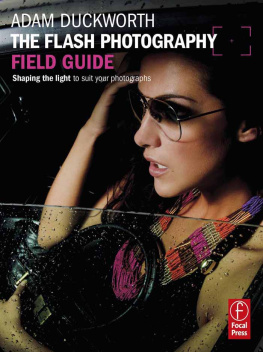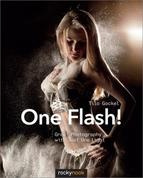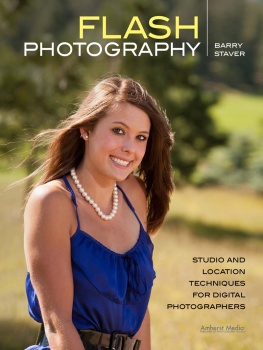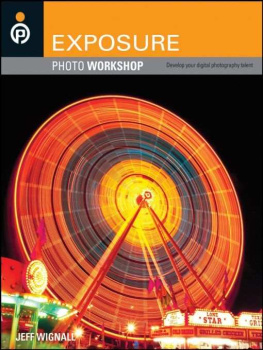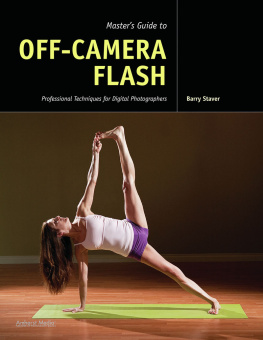Don't miss these other Bryan Peterson ebooks:
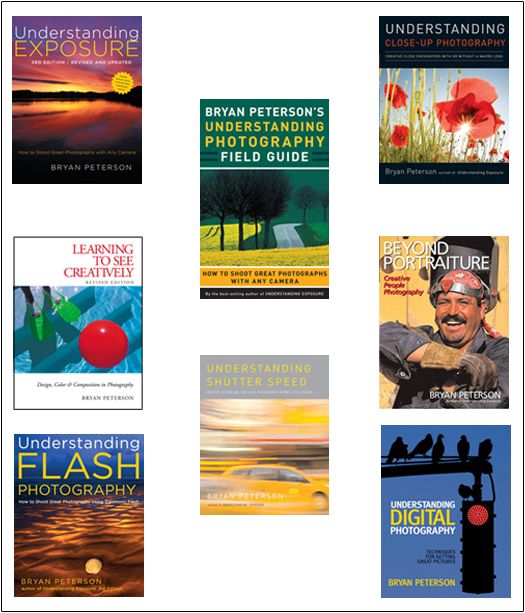
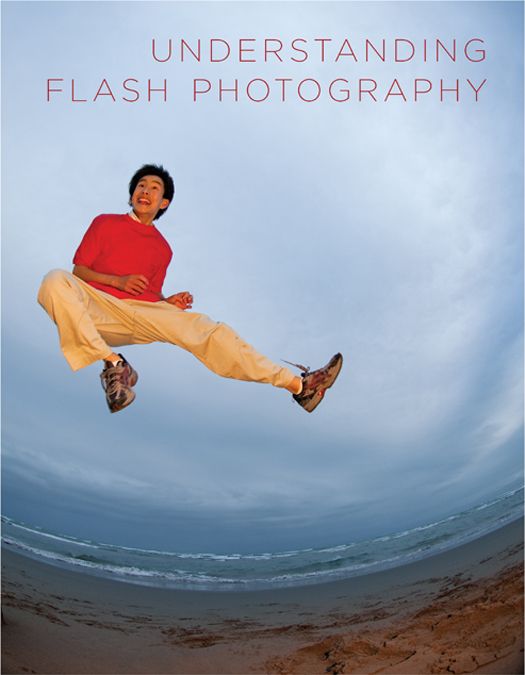
: Bryan Peterson. Nikon D300, 1224mm lens at 14mm, ISO 200, f/16 for 30 seconds
: Nikon D300, 10.5mm lens, ISO 200, f/4 for 1/800 sec., Nikon Speedlight SB-900
: Nikon D300, 2870mm lens at 28mm, ISO 200, f/22 for 10 seconds
: Leica D-Lux 4, ISO 80, f/3.2 for 1/1600 sec.
: Nikon D300, 1224mm lens at 13mm, f/22 for 1/250 sec., Nikon Speedlight SB-900
: Nikon D300S, 105mm lens, ISO 200, f/32 for 1/40 sec., Nikon Speedlight SB-900
: Nikon D300S, 1224mm lens at 22mm, ISO 200, f/22 for 1/160 sec., Nikon Speedlight SB-900
: Nikon D300, 2870mm lens at 28mm, ISO 200, f/5.6 for 1/8 sec., Nikon Speedlight SB-900
: Nikon D1X, f/4.5 for 10/16 sec.
: Nikon D300S, 1635mm lens at 16mm, ISO 200, f/16 for 1/250 sec., Nikon Speedlight SB-900
: Nikon D300, 1224mm lens at 14mm, ISO 200, f/13 for 1/8 sec., Nikon Speedlight SB-900
Copyright 2011 Bryan F. Peterson
All rights reserved.
First published in 2011 by Amphoto Books,
an imprint of the Crown Publishing Group,
a division of Random House, Inc., New York.
www.crownpublishing.com
www.amphotobooks.com
AMPHOTO BOOKS and the Amphoto Books logo
are registered trademarks of Random House, Inc.
Library of Congress Cataloging-in-Publication Data
Peterson, Bryan, 1952
Understanding flash photography : how to shoot great photographs
using electronic flash / Bryan Peterson.
p. cm
Includes index.
eISBN: 978-0-8174-4972-8
1. Electronic flash photography. 2. PhotographyArtificial light. I. Title.
TR606.P48 2011
778.72--dc22
2010050689
v3.1_r2
To my mom and dad:
Thank you for
giving me life!


Contents
INTRODUCTION
Dissuaded, discouraged, frustrated, deterred, put offthese are but a few of the G-rated words used to describe many photographers experiences with electronic flash. Failure with flashat least in the beginningis the norm rather than the exception. Ask anyone who has used flash long enough about their early experiences, and theyll be no different than those youre having today. There have been numerous photographers who get it when taking pictures in available light as soon as the camera comes out of the box. Unfortunately, I know of no photographers who get it when using electronic flash for the first timeor second or third or fourth. Flash can be frustrating, for certain, and your patience will be tested, especially in the early stages.
Most of us instinctively pop up the flash on our camera or mount our portable electronic flash when we find ourselves shooting indoors. Not surprisingly, we expect that flash to simply fill the area were shooting with perfect light, and were frustrated when that doesnt always happen. Why do most flash pictures taken at birthday parties and holiday gatherings tend to look so darn harsh? Why do most of our flash pictures look overexposed, underexposedeven scarywith colors never seen when taking pictures outdoors?
And you know what? Im not exempt from the frustrations of flash photography. As readers of my other books know, I was an antiflash fanatic for more than thirty years. This isnt to say that Ive never used flash, because I have, in fact, lit up many a factory during commercial photo shoots in my time. However, that was all done with very powerful studio strobes, sometimes lots of them. I was confident using those studio lights, but theyre a different animal from the average portable electronic flash.
So portable electronic flash remained a challenge. During the first ten years of my photographic career, I had seen a few really wonderful images by other photographers who were obviously very comfortable using portable flash. And Id be lying if I said I never felt envious of these talented shooters. My envy got so bad that back in 1978 I broke down and bought a Vivitar 283 electronic flash. At the time, the Vivitar 283 was the king of kings in the portable strobe market. Truth be told, I used it one time! The stark and unflattering light was, to put it simply, a turnoff for me, and that one time served a single purpose: It strengthened even further my feelings of inferiority when it came to flash. That tiny, portable flash that had brought smiles to so many other shooters absolutely terrified me! There, I said it. Yes, I was terrified of the small, portable strobe.
Terrified of what? you might ask. A number of things, but for starters, I was terrified by its shape. The rectangular shape of these electronic strobes is contrary to the familiar, round shape of the electronic flash tube thats common in most studio strobes. Round means even light distribution, just like the sun. Round means friendly. Round means versatile, as in well-rounded, which makes me feel comfortable. As one who spent far more time outdoors working with the actual sun and understanding a great deal about light and its direction, I had an easy transition to studio strobes, since they were nothing more than miniature suns. A rectangular electronic flash, on the other hand, was a foreign tool.
Speaking of the sun and its ever-constant stream of lightlight that I could always seeanother problem with portable flash was that I could never see a constant stream of light coming out of the strobe. When you fire a portable flash, the duration of that flash is so darn quick that you never get the chance to actually see it light the subject, which means youre always in a state of high anxiety until you see how your image turned out.
Most electronic flashes now come equipped with a great deal of sophisticationsophistication that is intended to make our lives easier. Ha! If you know me, I hold the same disregard for flash automation as I do for the sophisticated automation offered by just about every DSLR on the market. The only thing all of this flash automation has done is increase most peoples anxiety. The manual that comes with most electronic flashes is upward of ninety pages! Yet, there are usually just three pages written about using your flash in manual exposure mode, and these three pages may be the most useful in the entire manual! Sure, you want to learn how to tilt and rotate the flash head, put on colored gels, and attach a diffuser, but at the end of the day, the most important thing you want to learn is how to use your flash in manual exposure mode.
If youve read my book Understanding Exposure, which deals almost exclusively with available light, you know the emphasis I place on what I call the photographic triangle: ISO, aperture, and shutter speedwith a further emphasis on the heart of the photographic triangle, light. In this book, you will discover that the photographic triangle is still alive and well when using flash. At the heart of the triangle youll still find light, but with the addition of a portable, incredibly powerful miniature sun: the electronic flash. This book builds on the manual exposure foundation that I detail in

